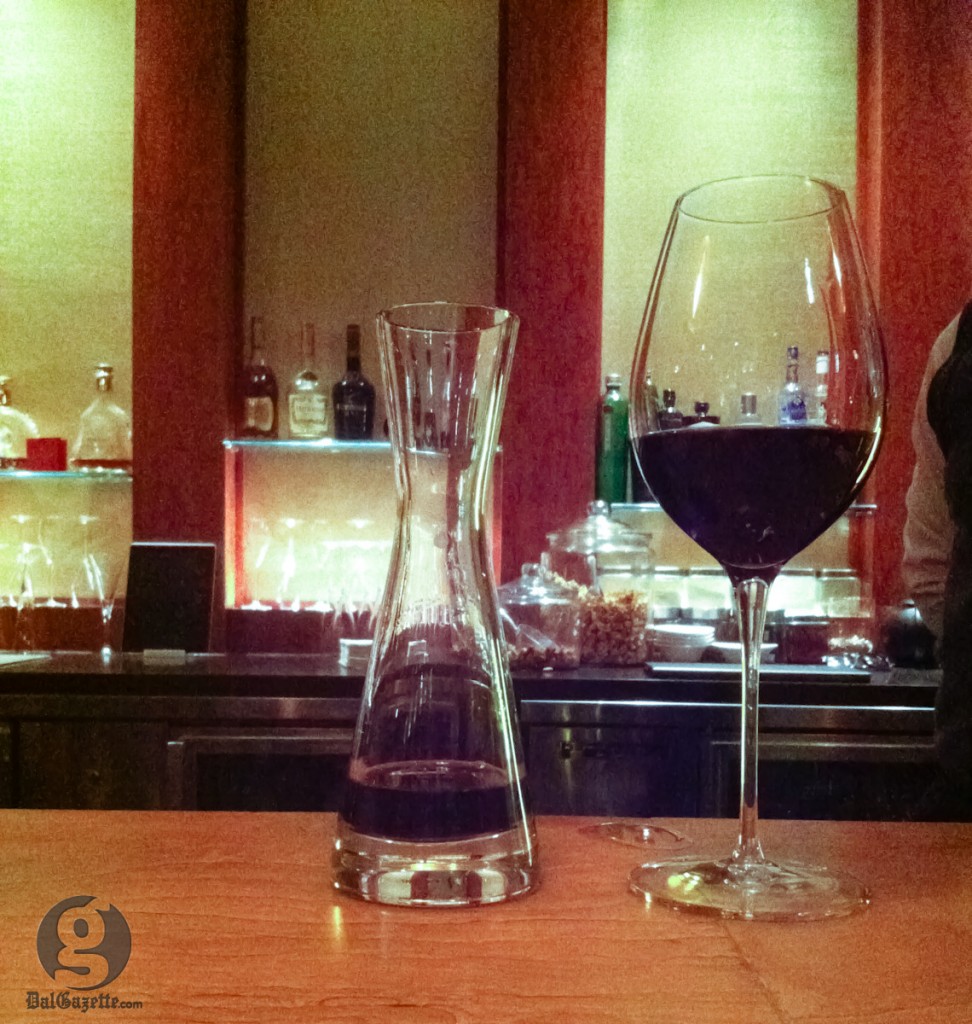
We’ve turned the page on our calendar to October, and the month that in our collective mind ushers in fall is upon us. Things are changing around us: the leaves turn colour, the stores fill with Halloween costumes, life becomes slower. We’re preparing to hibernate, in a way. Even if we’re living in a world that is faster and more connected than ever, I think that the change of seasons in Canada is a welcome time of the year; we recharge from the summer and brace for the winter.
Today in my house, there is turkey in the oven, squash and turnip are being peeled, and I can smell cinnamon from a freshly baked spice cake. Our routine changes and our palate does too. Suddenly I’m craving ciders and roasts, things that had no appeal to me a month ago. The things we start to eat are richer, heartier and thicker. My taste in wine seems to follow this trend. Suddenly, the Pinot Gris I drank at the end of August doesn’t have the same appeal as a fully oaked Chardonnay, a thick dessert wine or a smoky red.
I start to enjoy Cabernet Sauvignons more frequently as the temperatures cool. Its fullness and complexity are what I want in a fall wine.
The Cabernet Sauvignon grape is grown in wine regions (or appellations) all over the world. The French have been using it for their wines longer than the rest of us. In France, the Bordeaux region is known for their superior Cabernet Sauvignon, but their methodology is to blend with Merlot and sometimes other grape varieties. In North America, the Napa Valley in California makes some beautiful Cabernet Sauvignons, but they can be pricey. If you look to new world wine countries (countries that haven’t been in the wine game as long as places like Italy or France), you can often find very good Cabernet Sauvignons for a fraction of the price.
Characteristics of the Cabernet Sauvignon grape are intense flavour, boldness and substantial body. They are often pretty tannic as well. Flavours will often include dark red fruit, like cherry or plum, herb, currant, spice and woody characteristics. They tend to have a higher percentage of alcohol, too.
Last week at the wine festival I picked up a few, or few too many, bottles of wine. It’s an expensive interest or hobby to have, loving and studying wine, but someone must do it. I had a few girlfriends over that night and decided to get their input on one of my picks. I chose a Chilean Cabernet Sauvignon from an area not far from Santiago, its capital. With my mismatched wine glasses, some expensive, some plastic, we sipped as the wind blew and the rain pelted my first storey apartment’s front window. The Cabernet was great. It kept us warm and kept the conversation flowing. If only that conversation could have been as complex as the wine; we spoke on the fame and recent weight gain of Lady Gaga for at least 45 minutes.
—
Concha Y Toro 2010 Marquis de Casa Concha Cabernet Sauvignon
Puente Alto, Chile $24.99
A deep ruby color with currant, pomegranate and touches of lilac on the nose. Big, bold, and badass in the mouth. Lip curling tannin, fresh acidity and full body. Currant, herb, pepper, nutmeg and cedar on the palate.
Eat: Would pair well with grilled red meat. I’d do an herb-crusted lamb with a parsnip and beet salad.
Listen to: Boxer by The National
My score: 88
—
J. Lohr 2009 Seven Oaks Cabernet Sauvignon
Paso Robles, California $23.00
Velvety. Great balance, full bodied, with a fair amount of smooth round tannin. A nice texture. Cigar box, black cherry, vanilla and licorice on the nose. Clove, currant, blackberry jam on the palate.
Eat: Beef tenderloin cooked in blueberry and rosemary or a salted dark chocolate bar.
Listen to: Bravery, Repetition and Noise by The Brian Jonestown Massacre
My score: 91







